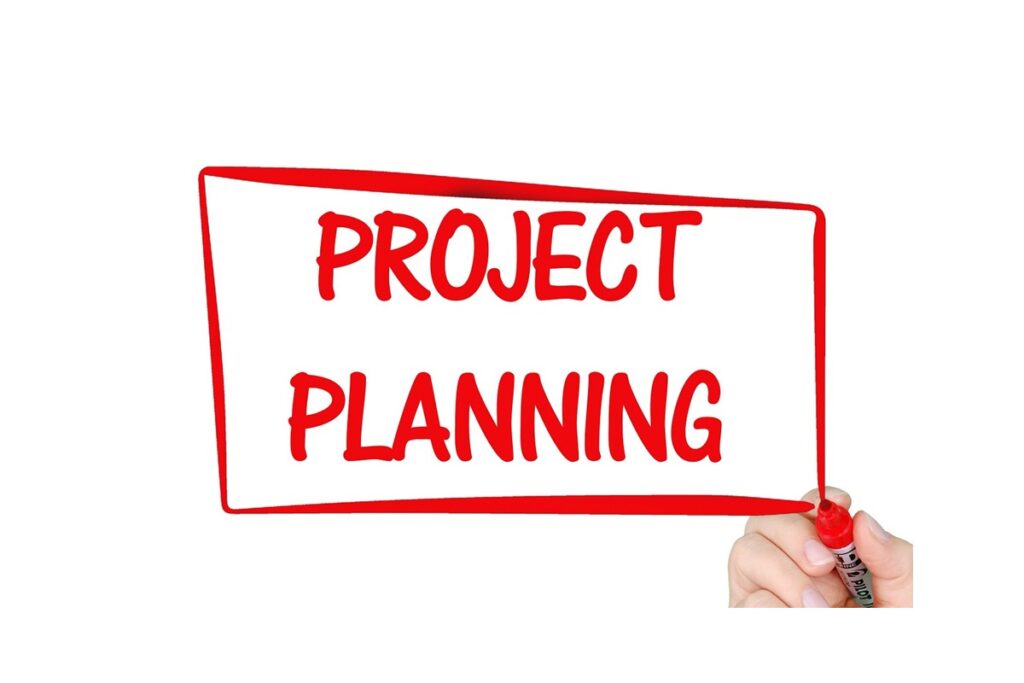When undertaking a new project, having a clear plan and roadmap is essential for guiding the project to successful completion. A project roadmap visually outlines the various stages, milestones, and goals that need to be completed along the journey. Using roadmap templates can provide an effective way to create a customized roadmap suited to your specific project needs. This article will explore the key benefits that a well-designed project roadmap can offer.
Defining Goals and Milestones
One of the biggest advantages of utilizing a roadmap is that it allows you to clearly define the goals, milestones, and deliverables required for the project. This provides focus and direction, ensuring everyone understands the key objectives and outcomes that must be achieved. Roadmaps enable you to break the large project down into more manageable chunks and identify important progress markers along the way. This makes the project feel less overwhelming and helps keep momentum as smaller goals are accomplished.
Effective Planning and Scheduling
A detailed roadmap facilitates effective planning and scheduling of project tasks and activities. By mapping out the different phases and elements of the project on a timeline, you can identify task dependencies and optimize the workflow. This allows you to coordinate timings, resources, and handovers between tasks more efficiently. A roadmap gives you an at-a-glance view of the schedule so that you can identify potential bottlenecks or resourcing issues early. This helps you proactively make adjustments to keep the project on track.
Improved Alignment and Communication
Alignment and communication between team members is critical for project success. A roadmap provides a shared point of reference and a common language that improves understanding of the project goals and approach across the team. Having clear visibility of upcoming milestones and deliverables enables different contributors to understand how their work fits into the bigger picture. This encourages better coordination and collaboration. A roadmap is also an effective communication tool for briefing stakeholders on project progress and milestones.
Risk Identification and Mitigation
Project roadmaps enable early identification of potential risks and issues that may impact the project if not addressed. By mapping out the different activities, phases, and contingencies, you can proactively assess risk factors and plan mitigation strategies. This allows you to minimize surprises and reduce uncertainty by anticipating and preparing for challenges before they derail progress. Factoring in contingency plans and workarounds early in the roadmap ultimately helps keep the project moving forward.
Measuring Progress and Adapting
The roadmap provides a framework to track progress and measure performance consistently against the plan. This enables you to periodically assess if the project is on track and meeting its charted milestones and delivery targets. If certain elements are falling behind schedule, you can make timely adjustments or reallocate resources to get back on track. Having clear visibility of planned versus actual progress allows you to regularly adapt and evolve the plan as needed to accommodate changing circumstances.
Creating a well-conceived roadmap is instrumental for guiding projects successfully from initiation to completion. Roadmaps provide focus, structure planning, drive alignment, facilitate communication, enable risk mitigation, and support progress tracking. While requiring some upfront effort to develop, a strong roadmap pays dividends through increased coordination and efficiency. Adopting roadmapping best practices can help organizations expertly navigate projects and deliver desired outcomes.


